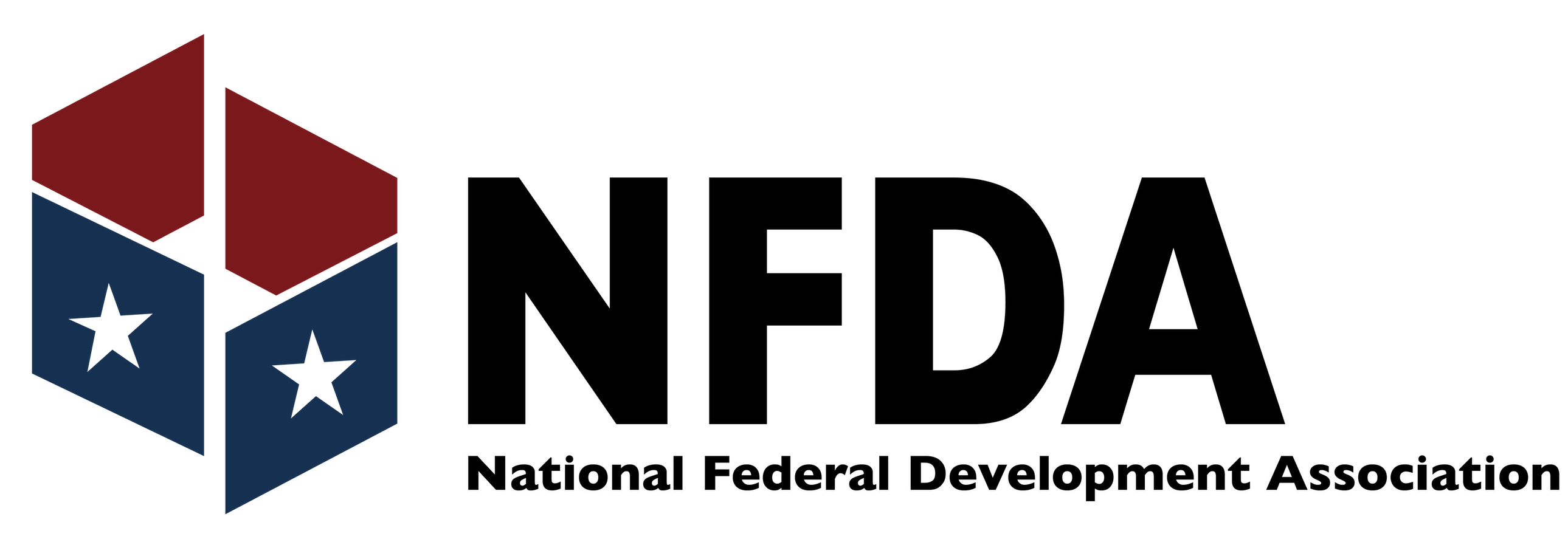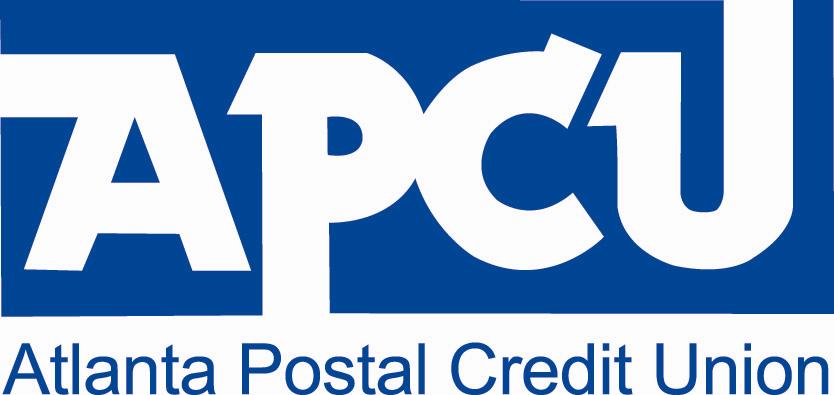|
Reflections on the GSA Lease Prospectus Process
That notable GAO finding is that for Congress, while taking on average approximately eight months to review and authorize prospectus lease projects, the “rejection” rate was 1.4 %. This 1.4% consisted of 2 projects out of the entire 140 lease projects submitted over seven years. And in fact, one of the two projects was subsequently authorized when GSA submitted a Fact Sheet about the project two years later. So, the rate of non-authorization is actually less than 1%. In contrast to that, 32% of construction and 29% of major R&A prospectus requests submitted were not authorized, according to the GAO report. These latter rates of rejection suggest that the Committees are exercising their discretion very actively for the GSA capital program. Not so for lease prospectus projects. (In part, the higher rejection rate for capital projects reflects closer coordination in the last decade between authorizing and appropriations committees, since in most cases, the projects not authorized also did not receive a line-item appropriation.) It is important to note that the Congressional role is a binary choice: the Committees either authorize or they do not authorize projects. The Executive Branch formulates, and Committees vote either thumbs up or down, but it is rare, in the case of leases, for the authorizing Committees to change the complexion of a project by inserting authorizing language changing any of the key project attributes. It is the role of the Executive Branch to formulate the project, which is in part why the prospectus requests take so long to prepare: prospectus formulation is a tedious, iterative process of back and forth between disparate stakeholders consisting of the tenant agency, various elements within GSA, and OMB. (The House authorizers do use the prospectus process to launch inquiries into lease projects, regarding delineated area, utilization rate, and so on.) But the finding that Congress only rejects one lease prospectus request roughly every three or more years begs a couple of questions: 1) Why is it taking so long to authorize these proposed prospectus lease projects? and 2) What is the utility of holding up lease projects for, on average, eight months, when the rejection rate is next to zero? A legitimate source of the delay is that both House Transportation and Infrastructure (T&I) and Senate Environmental and Public Works (EPW) Committees only hold markups / business meetings episodically, and if lease prospectus project requests come in right after a recent markup/ business meeting, it could be several months before the next one is scheduled, leaving those prospectus requests to languish, even if committee staff review is speedy. But is it good government practice for these requests to sit for months, just because of the peculiarities of committee business proceedings? Some might argue that, even though they hardly ever baulk at authorizing a lease project, Congress should not jettison its legitimate oversight role over leases. But there is a rather simple and elegant way that the oversight committees could preserve their right to conduct oversight, while not holding up each of these lease prospectus projects (on average) for the better part of a year: agree to a passive concurrence process, whereby, if GSA does not hear back from both House T&I and Senate EPW within, for instance, 90 days, the lease prospectus request is deemed approved and authorized. The “hear back” might be, short of a Committee Resolution, a letter from the House Subcommittee Chair, or Senate full Committee Chair, stating that the Committee is still deliberating, and needs additional time beyond the 90 days. A minor but material digression here: unlike major capital projects, which each have a line-item in an appropriations bill, Congress appropriates funds for GSA leases in a single line item: this becomes the Rental of Space budget activity from which GSA pays private sector landlords. And it is well established, as stated in GAO Principles of Appropriations Law, and by a Department of Justice Office of Legal Counsel Opinion, that as long as the funds are appropriated, they are legally available for obligation by the Executive Branch, whether or not a prospectus is authorized. As the GAO report points out, while not strictly required by law, GSA nonetheless categorically submits prospectus requests and does not obligate funds for projects without Congressional Authorization, as a matter of policy (in cases where appropriations have already been made.) In the 1980’s, Senate EPW approved lease prospectus projects using an annual authorization bill, in lieu of individual prospectus project approvals, which harmonized with the aggregate funding of the rental of space budget; individual lease proposals were addressed in report language accompanying the authorization bill. A few final observations, specifically about lease prospectus requests, are in order. While there is, at least in theory, a good deal of administrative discretion to be exercised in the formulation of capital projects (e.g., build new vs. buy vs. modernize some facility --and to what extent---to house a federal agency need) if, due to insufficient capital for any of the foregoing alternatives, the decision is made to lease, then there is very little discretion to be exercised by Congress in the matter. Nearly routinely, Committee authorization language these days includes conditions, such as that GSA should, to the maximum extent feasible, negotiate a purchase option, and adhere to a maximum utilization rate for the space. But these conditions do not change the fundamental contours of the proposed lease project; they merely add desirable features. Yes, Congress can challenge some of the project’s basic parameters: e.g., size, location, rental rate, timing, housing plan--but this clearly is done only rarely. (I did it myself only once during my brief tenure as a subcommittee staff director.) The fact that only one lease prospectus project request was not authorized out of 140 in the GAO study is testament to this rarity. So, in the interest of expediting a process which all parties seem to acknowledge is protracted and excessively long, the passive concurrence approach for such leases may serve as a valuable step toward progress. A second observation addresses, not process, but rather lease prospectus content. It is long-standing GSA practice for the narrative material in a lease prospectus to deal only with the specific federal space need for which the prospectus lease is proposed; rarely do these narratives address what the entirety of the housing need is for the tenant agency in that locality, and what other space(s) federal agencies occupy in that market. Yet such broader context might help the authorizers better understand the impetus for the particular action requested. This idea of adding context was raised at the March Federal Real Property Association (FRPA) event by Robert (Bob) Peck, a former PBS Commissioner (who also once worked as a Senate authorizer), and the point was echoed by Johanna Hardy, Minority Staff Director for the House subcommittee. A prospectus narrative which includes a discussion of the GSA housing strategy for that real estate market might facilitate and expedite Congressional review. (And GSA usually has already prepared this strategy because it is often a part of the discussion in securing OMB’s approval.) For a few years in the 1990’s, GSA did submit “Community Plans” along with prospectus requests, but for some reason, the practice came to an end. Finally, while the prospectus process was labeled a “problem” in the marketing materials for the FRPA March symposium, there are some (including this author) who do not share that view. Yes, the process is lengthy, but GSA and the real estate community of lessors and developers have adapted to it. Leases rarely go into holdover for want of prospectus authorization. The Department of Veterans Affairs (VA), which needs statutory authorization for its major leases--and batches of authorizations have happened only twice in the last 10 years--would be happy to have to work with the GSA prospectus process, with Committee authorizations rather than authorizations embedded in public law. From the VA’s perspective, the length of time it takes GSA to secure lease project authorization looks relatively speedy. Nonetheless, if absolute celerity is what is desired, then the passive concurrence technique is a simple way to shave roughly a half year off the lease prospectus cycle time. About the author: Mr. Kendall currently serves as Executive Chairman of the National Federal Development Association (NFDA). He is a former staff director for the House Transportation and Infrastructure subcommittee with direct oversight of the GSA Public Buildings Service. He also worked within GSA’s Public Building Service for over 25 years, primarily in leasing and portfolio management. He is currently Executive Vice President for Government Relations at Easterly Government Properties, Inc. The views expressed in this article are those of the author and do not represent the views of the NFDA or of Easterly Government Properties, Inc., its affiliates and/or its subsidiaries.
|




